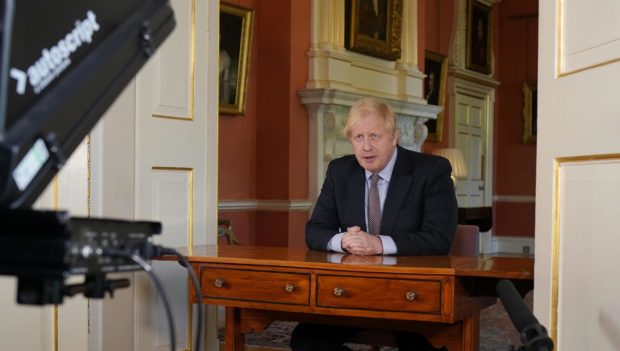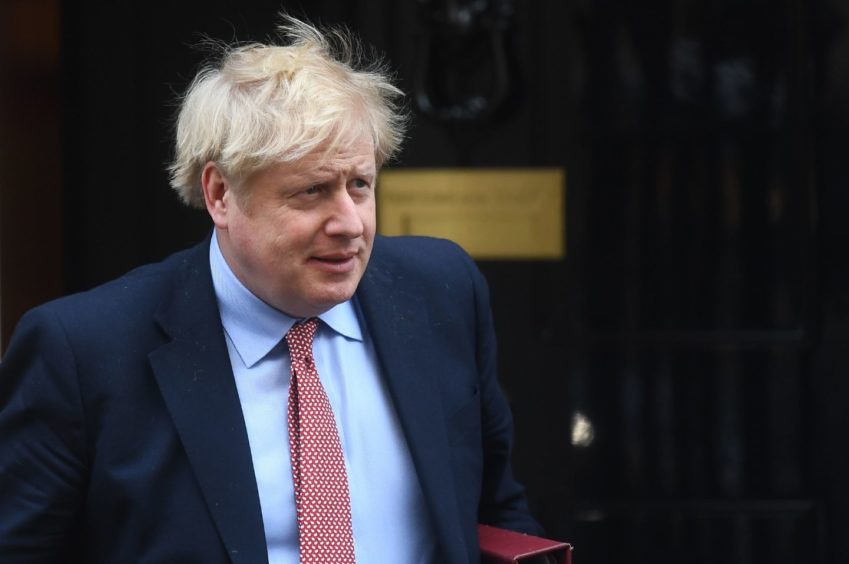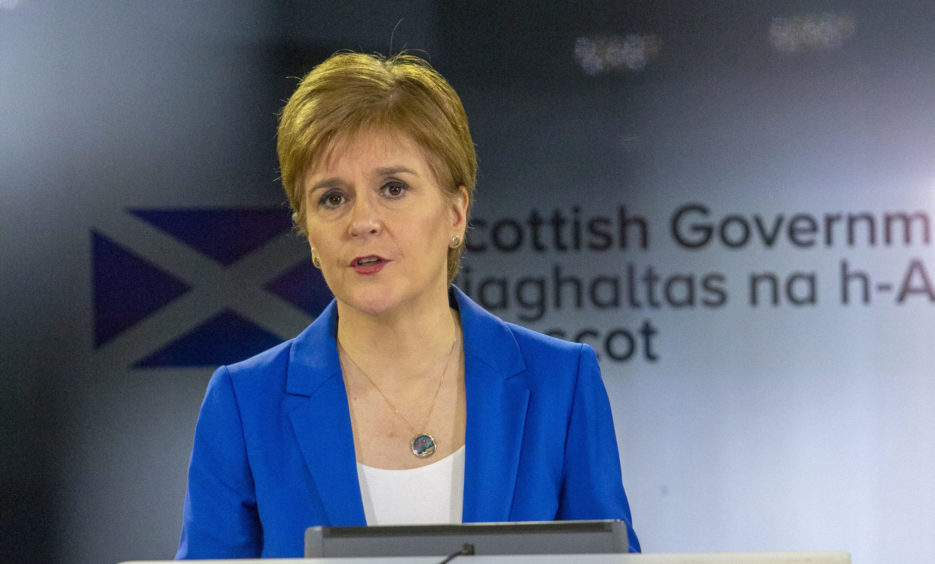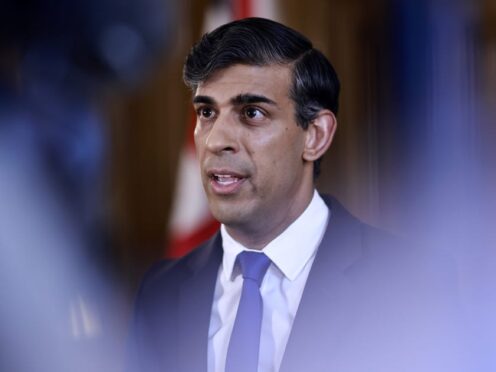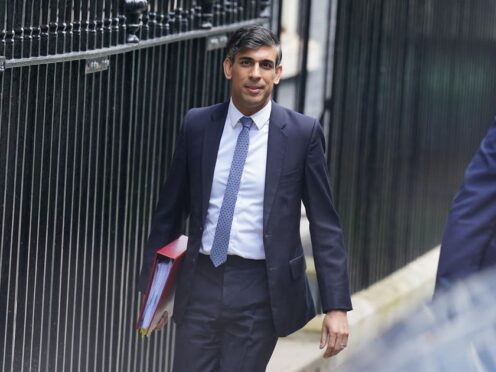Boris Johnson’s “conditional plan” for easing lockdown restrictions has put England at odds with the rest of the UK.
The prime minister said in his speech he had consulted “across the political spectrum, across all four nations of the UK” and that his plan was a “a general consensus on what we could do”.
But the leaders of the devolved administrations in Scotland, Wales and Northern Ireland have already rejected Mr Johnson’s ‘stay alert’ messaging, opting instead to stick with the previous slogan of ‘stay at home, protect the NHS, save lives’.
All three nations have powers over their own lockdown restrictions, while England’s measures are set by the government at Westminster.
The UK Government has now gone considerably further than any of the devolved administrations in setting out its road map out of lockdown, so how do restrictions differ in England, Scotland, Wales and Northern Ireland?
England
From Wednesday, people in England will be able to go out and exercise as much as they please and can even sit in the park, as long as they remain far enough away from people outwith their own household.
Those who can’t work from home are being actively encouraged to return as of Monday and the prime minister will set out how workplaces can become ‘Covid secure’.
Garden centres will be allowed to reopen from Wednesday and we could see “phased reopening of shops and to get primary pupils back into schools” by early June. The hospitality sector could begin to reopen in July.
The prime minister has said all easing of restrictions will be closely monitored and is subject to a range of factors.
Wales
Wales announced a slight easing of restrictions on Friday to allow people to exercise more than once a day, garden centres to reopen with social distancing guidelines, and local authorities to start planning on how to safely open libraries and recycling centres.
The Welsh Government has been clear to stress that Mr Johnson’s plan applies to England only and is not UK-wide.
Along with Scotland and Northern Ireland, Wales will not adopt the ‘stay alert’ slogan.
First Mnister Mark Drakeford said: “The message I will be giving to people in Wales is while they must be alert to the continuing danger of coronavirus, if you’re not out of your house for an essential purpose – and that does include exercise, it can include shopping and it must include going to work for people who can safely do so – staying at home remains the best way that you can protect yourself and others.”
Scotland
Meanwhile, Scotland’s First Minister Nicola Sturgeon said on Sunday the cap on daily exercise had been scrapped, but she warned that that is not an excuse to meet up in groups at parks or beaches, to sunbathe or have picnics and barbecues.
Speaking at her daily briefing in Edinburgh, Ms Sturgeon said the situation is “fragile” and people should still stay close to home while maintaining a two-metre distance from anyone not part of their household.
The easing will not apply to those who have symptoms, are living with someone who is showing symptoms or those who are in the shielding group. It should also not be used to gather in groups.
Officials will look to see whether further changes can be made to the lockdown guidance, including increasing the number of activities people can undertake outside.
It is expected further updates could be made next weekend but Ms Sturgeon said she does not expect schools in Scotland to return as early as June, as has been reported in England.
She has asked the UK Government not to use the ‘stay alert’ messaging in Scotland and admitted she does not know the slogan actually means.
“For Scotland right now, given the fragility of the progress we’ve made, given the critical point that we are at, it would be catastrophic for me to drop the stay at home message, which is why I’m not prepared to do it,” she said.
Northern Ireland
Northern Ireland’s road map, which is expected to only have “nuanced” changes, will be announced this week.
It extended the current restrictions for another three weeks on Thursday but rules around open-air exercise are expected to be relaxed by first minister Arlene Foster.
Ms Foster has said it is important to “move together as a bloc” with the rest of the UK to send a clear and simple message to the population.
However, she joined with her counterparts in Scotland and Wales on Sunday to reject the ‘stay alert’ home.
“On the whole, the message is to stay at home. We will say we are not deviating from the message at this time,” she said.
